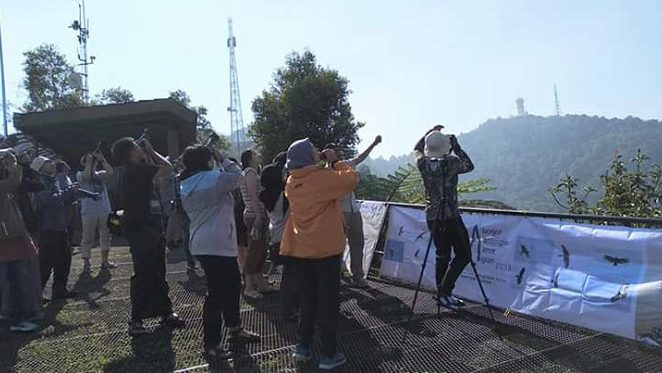RAPTOR MIGRATION PHENOMENA

-
Date:
28 Oct 2019 -
Author:
WIT Indonesia
Every year, raptors and other raptor-like birds migrate from their native habitats in places like China, Japan, and Siberia to tropical temperatures like Indonesia. Migration is the term used to describe the migration or distribution of wild animals during specific seasons. This is due to the significant environmental climate change and diminished food sources in the region where they now reside.
Additionally, the purpose of this vast movement of raptors is to breed. They move to Indonesia in search of favorable hot climates and an abundance of food supplies. These raptors typically migrate from September to November before returning to their original habitats in the spring, from March to May.
Muhammad Bilal Yogaswara, a member of the KEHATI Biodiversity Warriors Foundation, took part in the activity organized by Bogor Nature Wildlife Photography (BNWP) and Bird Indonesia (BI), which took place on Saturday (26/10) at Paragliding Hill in Puncak-Bogor, West Java. Additionally present were Indonesian bird watchers from the general public and university students. Wildlife photographers who wish to capture this yearly momentum have also been interested in the migratory raptor phenomena in addition to bird watchers.
The Paragliding Hill in Puncak-Bogor, West Java, is one of the best spots in Indonesia to watch these raptors migrate. Migrant Raptors flying across Paragliding Hill suggest that the area’s environmental quality is still pretty good. This is due to the fact that birds are a useful bioindicator of a region.
The Asian Honey Sikep (Perni sptilorhyncus), the Japanese Alap Eagle (Accipiter gularis), and the Chinese Alap Eagle (Accipiter soloensis) are the migratory raptors that have been seen. These birds appear to be flying or flocking together or to be traveling alone. The migration of raptors in Indonesia is a fascinating occurrence that has potential as an ecotourism destination, according to Bilal.
